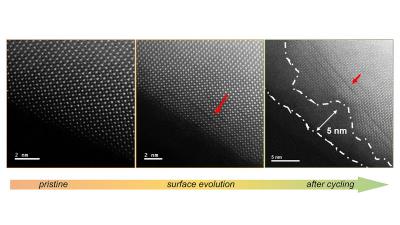Novel ETL shows promise for efficient and stable perovskite solar cells
Researchers from the Chinese Academy of Sciences (CAS) and Fuzhou University have reported a perovskite solar cell with an electron transport layer (ETL) based on Tin(IV) oxide (SnO2) and crystalline polymeric carbon nitrides (cPCN).
The team explained that the modification of the SnO2 layer with the cPCN is key to avoiding undesirable current-voltage hysteresis, which is responsible for reducing the cell's stability. This phenomenon tends to occur in electrical systems when current or voltage changes and the effects of the changes are delayed. It is dependent on the composition of the material, and ion migration and non-radiative recombination near interfaces are often considered responsible for the effect.






